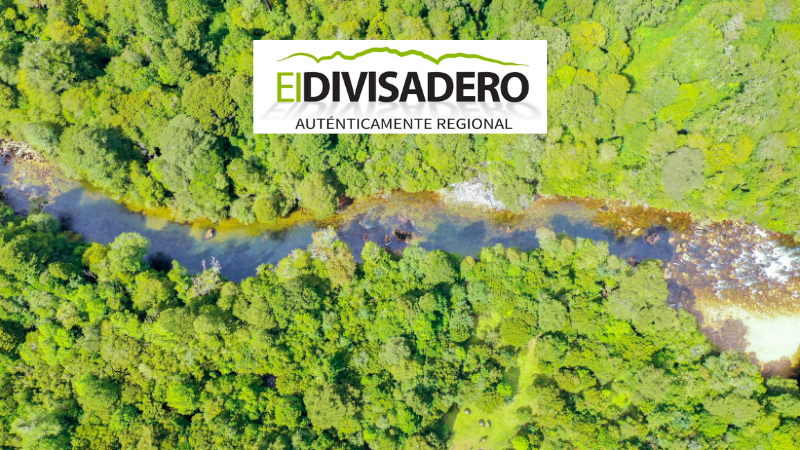
NASA’s mission adds allies to model Patagonia in 3D and calculate the sequestration of carbon
Southern forests data specify satellite information in remote and inaccessible areas; the first results point out that Chilean Patagonia’s 45 million hectares would sequester carbon emissions equivalent to 15 million Chileans yearly.
Nasa and the University of Maryland started the mission Global Ecosystem Dynamics Investigation (GEDI) in 2018. This employs LIDIAR technology which uses the light physical properties to estimate the height of any natural or artificial objects to shoot laser rays toward the terrestrial surface. These rays are controlled from the International Space Station and have been catching the first high-resolution observations in 3D of the Earth.
These observations allow accurate measurements of the height of forest, their structure, and elevation surface, thus substantially improving the capacity of depicting crucial carbon and water cycle processes and quantifying the biodiversity of trees as well as surrounding habitat.
In simple words, both and an inventory of large geographical extensions to sequester carbon and other forest parameters have been worked remotely.
NASA and the University of Maryland have focused on Patagonia since it represents one of the largest green areas on the planet and an interesting spot to research.
Laser rays have been shot from space since 2019; these generate computing models over the surface they go through.
However,the end of the GEDI project was forecasted by the end of this month; as a result, this part of the planet wouldn’t be covered before this time. The incorporation of The Real Eco State and WEConserv, a non-profit foundation whose mission is land conservation and the generation of scientific knowledge about it, made the extension of the project possible in this instance without using satellites.
Both institutions started to operate a specialized drone with LIDIAR technology in Patagonia, which can release essential accurate data to measure GEDI information in remote zones where satellites could not cover them properly.
Taryn Fuentes and Aaron Grau, expert members at WEConserv, pointed out “It has been a challenge for science to estimate the carbon sequestration of Earth's large extensions of forests, and this mission aims at resolving it. We are extremely proud of collaborating with NASA and the University of Maryland by obtaining precise data through a specialized drone that makes it possible for GEDI to validate its estimations in Patagonian forests, one of the largest green areas on this planet”.
While NASA and the University of Maryland are carrying out more refined data processing, collaborative work is collecting a more precise estimation of how Patagonia contributes to the planet’s regeneration.
According to WEConserv's estimations, each hectare of Patagonian forests sequesters an average of 105 tons of carbon, equivalent to what 35 people produce in a year; therefore, Chilean Patagonia’s 45 million hectares may sequester carbon emissions equivalent to 15 million Chileans yearly.
The founder and CEO of The Real Eco State, Felipe Escalona, explains that the generation of scientific information will allow people who have invested or wished to conserve Patagonia by creating small private conservation parks, exactly know how much carbon their plot of land sequesters and, who knows, even take part of the carbon credit market, encouraging the private conservation of our unspoiled Patagonia”.
Source: El Divisadero

